Snowshoeing has multiple health benefits, and one of those benefits is that snowshoeing burns calories.
According to the Gallup Poll Social Series, an average of 55% of U.S. adults between 2017 and 2021 expressed a desire to lose weight. Of those, an average of 26% are seriously trying to do so.
If you snowshoe, you have the potential to significantly improve your fitness level and burn more calories than other winter activities.
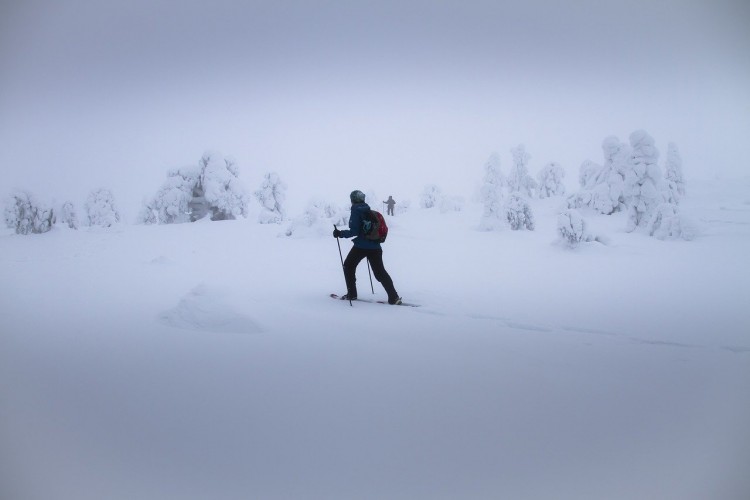
Serval factors contribute to the increase in calories burned, including the added weight of snowshoes on your feet and the resistance of the snow. Photo: Adege via Pixabay
Some of the links in this article may contain affiliate links. When you purchase using these links, part of the proceeds go to Snowshoe Mag. Additionally, as Amazon Associates, we earn from qualifying purchases. Please see our disclosure for more details.
How snowshoeing burns calories
When you snowshoe, you can burn up to 45 percent more calories than walking or running at the same speed. Several factors contribute to this increase, including:
- Exercising in cold weather increases your metabolic rate
- The added weight of snowshoes on your feet provides the same effect as wearing ankle weights
- Resistance moving through the snow
Even with this increase in calories burned, the exact number of calories you burn while snowshoeing will depend upon five additional factors:
- Snow conditions (packed or powder)
- The terrain
- Your pace
- Whether or not you use poles
- Your body size
The American Hiking Society has provided the chart below that compares the average calories burned depending on the type of snowshoeing you are doing. Let’s break down each of these factors a bit more.
Snow conditions
If you’ve never broken trail, give it a try! Freshly fallen powder provides an incredible amount of resistance, and creating a new route where one does not exist will get your heart pumping.
Thus, you’ll burn more calories in powder than snowshoeing in hard-packed snow conditions. Some individuals choose not to use snowshoes in hard-packed conditions since they won’t sink in the snow. Though, if you’d like the extra weight on your feet or want to run, you can use snowshoes if you choose. Just be sure the conditions are not rocky and degrade the crampons underneath the snowshoe.
Read More: Tips for Learning When Your Need Snowshoes
Terrain
It takes more effort to traverse steep terrain compared to flat terrain. Thus, more calories will be burned while snowshoeing on hilly terrain than on flat terrain.
For example, if you are around 120 pounds (54 kg) and walk on packed snow with flat terrain for an hour, you will typically burn about 360 calories (see chart above). That’s quite a few for just an hour of walking.
Read More: Snowshoeing Skills for the Hills
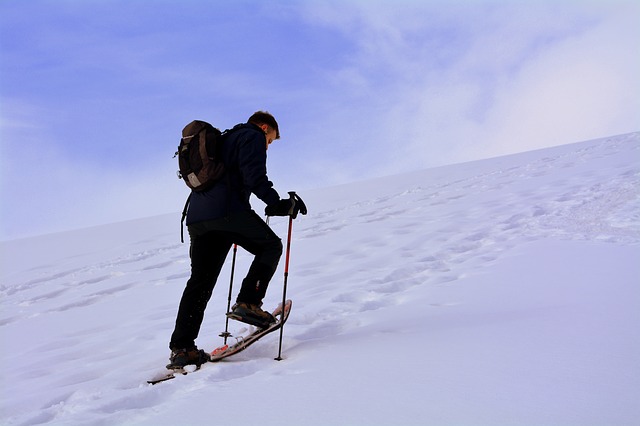
Snowshoeing up steep terrain will stimulate the heart and burn more calories. Photo: Gianni Crestani via Pixabay
Pace
For all those who enjoy running, try running on snowshoes! The faster pace of running adds to calories burned compared to a leisurely walk.
For example, if you are 180 pounds (81.5 kg) and run on snowshoes on packed, flat snow for an hour, you can burn more than 1,000 calories.
Read More: Transition From Running to Snowshoe Racing
Poles
Did you know that poles can significantly affect the number of calories you burn? Poles are beneficial for stability but require more work from your upper body while snowshoeing. To up the intensity level, try using Nordic walking poles instead of hiking poles.
For example, walking with poles in powder snow on hilly terrain can push the 120-lb (54 kg) person up to 670 calories in one hour, while the 180-pound (81.5 kg) person will burn 1,000 calories in that same scenario.
Read More: Tips for Using and Choosing Your Pole: Two Poles or One?
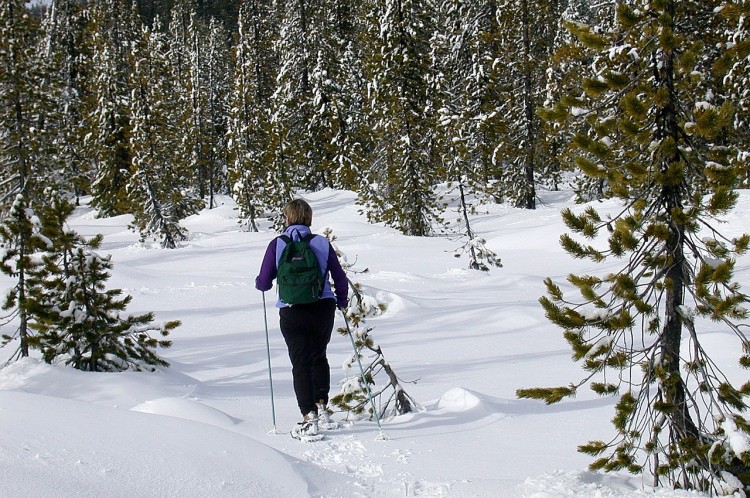
Poles require more work from your upper body and can help you burn more calories. Photo: Skeeze via Pixabay
Body size
Larger body sizes will significantly increase the number of calories burned across activities because they are naturally carrying more weight.
For example, an individual weighing 120 lbs (54 kg) will burn over 400 calories when snowshoeing in hilly, packed conditions, while an individual weighing 180 lbs (81.5 kg) will more than 600 calories in those same conditions.
Read More: Snowshoe Sizing and Options for Big People and Heavy Loads
Other health benefits of snowshoeing
Besides being an excellent calorie-burner, snowshoeing is an aerobic exercise that uses major muscle groups. Plus, the intensity of the activity over an extended period improves cardiovascular fitness. All this, and yet it’s a low-impact sport.
Over the years, I have essentially destroyed my knees by ski racing and reluctantly gave that activity up. Fortunately, I discovered snowshoeing and can get outside and enjoy the winter landscape without pain because the broad base of the snowshoes provides so much stability; it felt more secure than even walking.
Have you seen the fitness and health benefits of snowshoeing? Please share your experiences in the comments below.
This article was first published on January 10, 2011. It was updated on January 22, 2020, to include an expansion of the factors and was most recently reviewed on January 12, 2023.
Read Next: Reap the Health Benefits of Snowshoeing

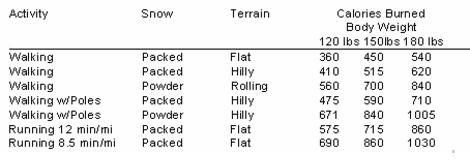
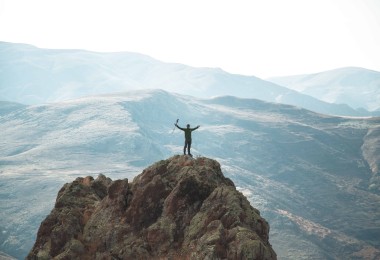
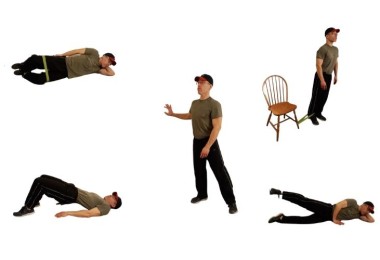

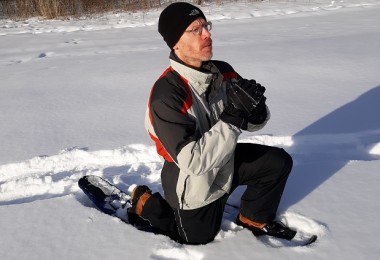

[…] snow beneath each step makes snowshoeing an excellent form of low-impact exercise. According to the American Hiking Society, snowshoeing can burn more than 600 calories an […]